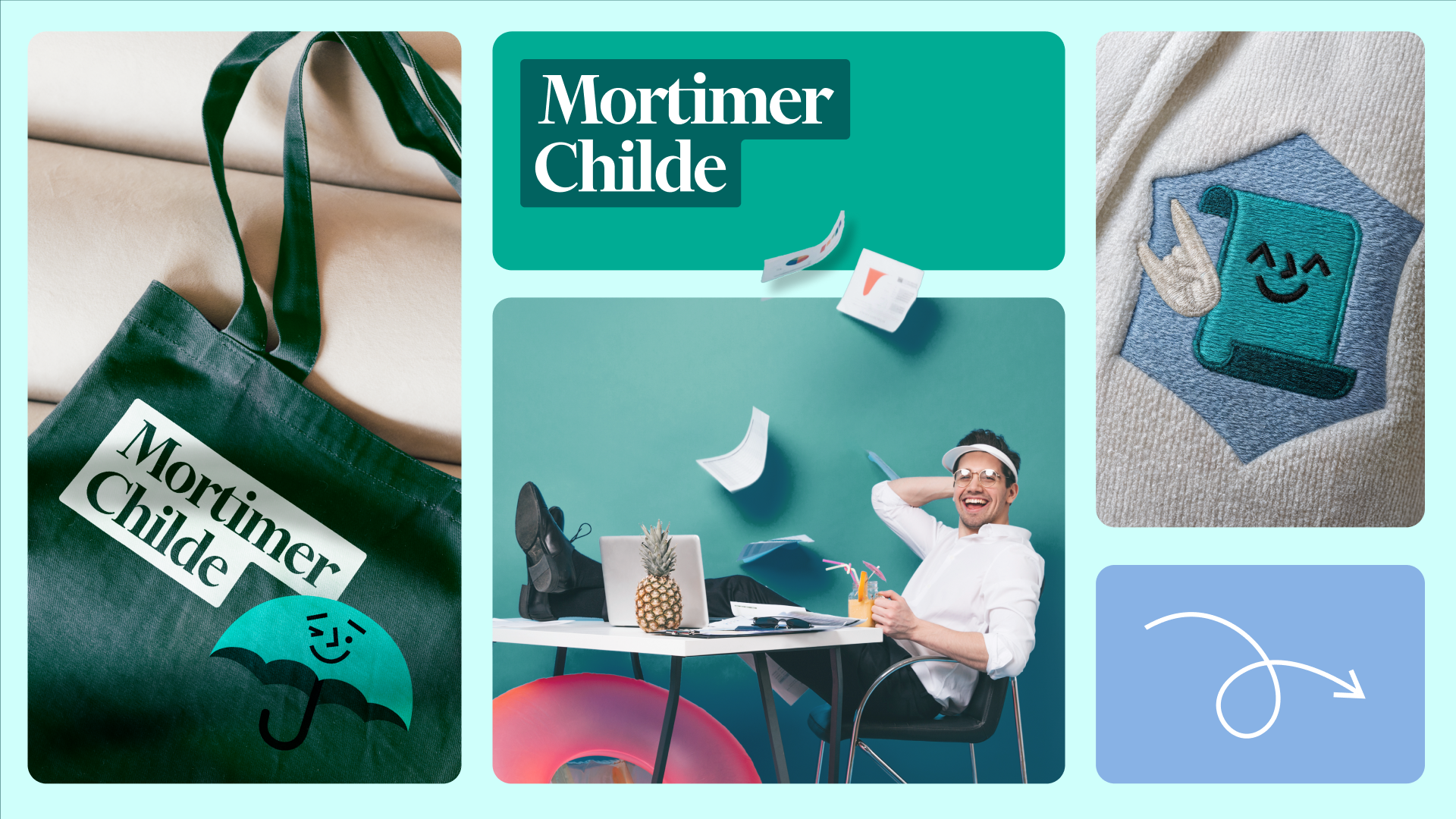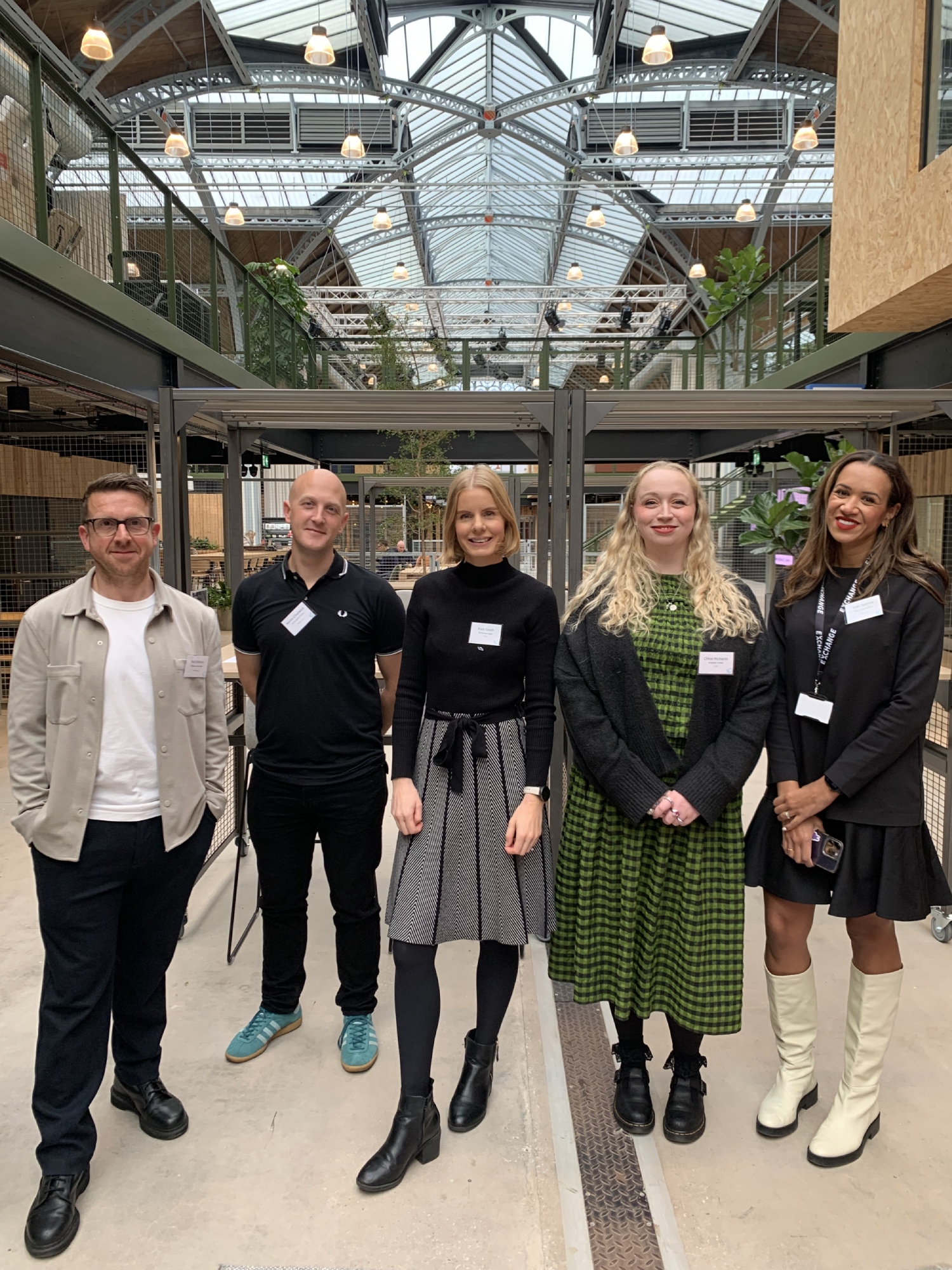Background
AOL wanted to test multiple ad layouts on the same base homepage to determine which ad achieved the most visibility and the was most effective at communicating the intended ad messaging. AOL commissioned EyeTrackShop to utilise their patented biometric eye tracking methodology, to validate the impact of the different ad designs running on the AOL homepage.
EyeTrackShop is a multiple award-winning services and software company that delivers fast and actionable insights for optimizing communication and design. Our innovative biometric web-based eye tracking technology has become a major force in revolutionizing how communication can be better targeted at consumers by knowing what is seen and not seen. We are specialists in market research and have assembled a world class team with extensive experience.
Strategy
Respondents were asked for permission to access their web camera before calibrating it and were recruited from web panels to represent the target audience. The survey was sent out globally to panellists who received a link in an email leading to the home page study.
Implementation
During the test the respondents gaze was tracked through the web camera. Stimuli, which are followed by a questionnaire, were shown at the respondents computer screen and they look at them spontaneously.
Results
The Sprint 300x600 and 300x1050 ads were highly visible among respondents. Both ads were viewed by 80%+ of the respondents and the viewing time spent were both well above the EyeTrackShop benchmarks. However, these ads failed to resonate with respondents, as fewer than 20% were able to accurately recall having seen a Sprint ad after viewing the website page. Additionally, only 40-51% were able to recall the ad when given actual ads to choose from.
Although the ads were effective in breaking through the clutter, more needed to be done to effectively communicate the Sprint branding. Thought was given to increasing the size of the Sprint logo on the actual ad, as well as incorporating the Sprint brand name elsewhere in the ad.
Additionally, both the MapQuest ad and Sprint Mantle ad received very low visibility among respondents. Furthermore, respondents were unable to accurately recall the ad they had seen on the previous website; and there seemed to be confusion between both Target and T-Mobile. This may indicate that respondents may have seen the ad but were not engaging with it and taking in the information, therefore confusing the ad for other ads that may have similar colors or layouts.
To increase visibility of these ads, thought was given to using more contrasting graphical designs and working to differentiate these ads from those of competitors. This would have hopefully increase visibility of the ad and the brand to help website visitors retain the information being communicated.









